There’s an old magic trick known as the miser’s dream, where the magician appears to pull coins from thin air. Australian scientists say they can now generate electricity out of thin air with the help of some enzymes. The enzyme reacts to hydrogen in the atmosphere to generate a current.
They learned the trick from bacteria which are known to use hydrogen for fuel in inhospitable environments like Antarctica or in volcanic craters. Scientists knew hydrogen was involved but didn’t know how it worked until now.
The enzyme is very efficient and can even work on trace amounts of hydrogen. The enzyme can survive freezing and temperature up to 80 °C (176 °F). The paper seems more intent on the physical mechanisms involved, but you can tell the current generated is minuscule. We don’t expect to see air-powered cell phones anytime soon. Then again, you have to start somewhere, and who knows where this could lead?
Microbial fuel cells aren’t new, of course. If you just want lights, you can skip the electricity altogether.

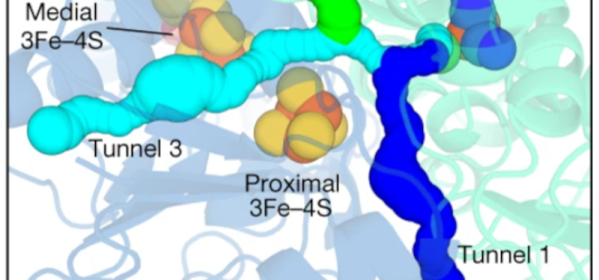

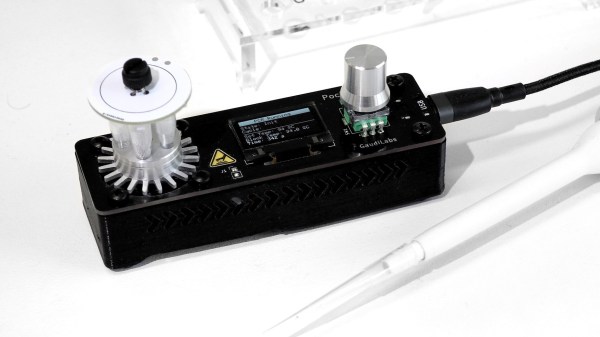
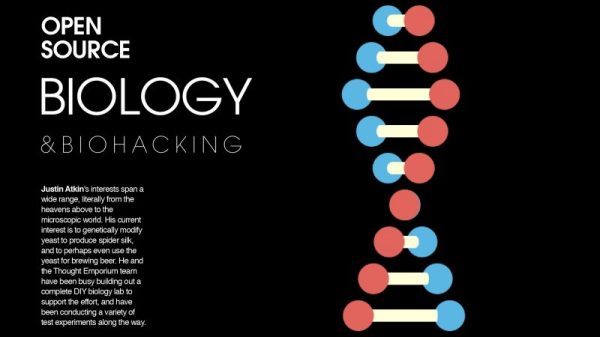

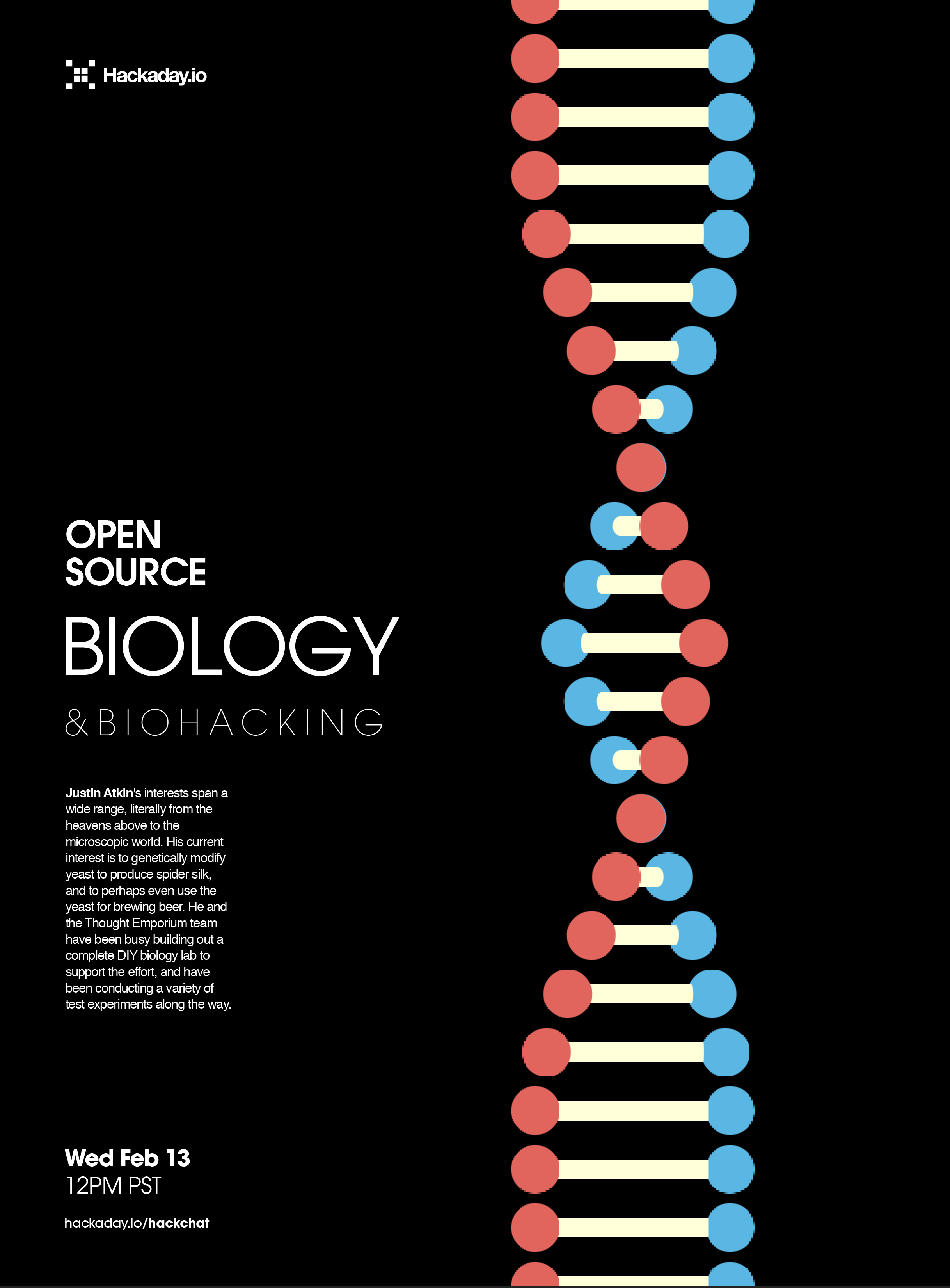

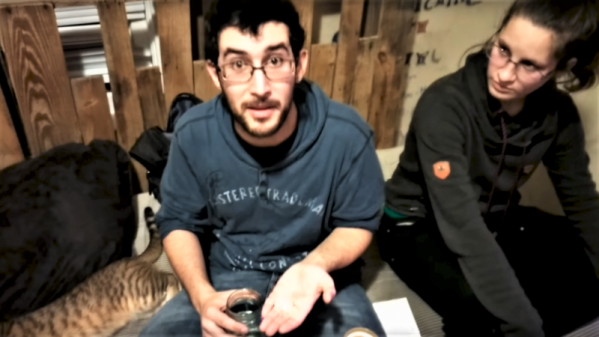

 For “Tears”, his sculpture of the enzyme lysozyme shown in the banner image, [Mike] started with crystallographic data that pinpoints every peptide residue in the protein. A model is created for the 3D printer, with careful attention paid to how the finished print can be split apart to allow casting. Clear PLA filament is used for the positive because it burns out of the mold better than colored plastic. The prints are solvent smoothed, sprues and air vents added, and the positive is coated with a plaster mix appropriate for the sculpture medium before the plastic is melted out and the mold is ready for casting.
For “Tears”, his sculpture of the enzyme lysozyme shown in the banner image, [Mike] started with crystallographic data that pinpoints every peptide residue in the protein. A model is created for the 3D printer, with careful attention paid to how the finished print can be split apart to allow casting. Clear PLA filament is used for the positive because it burns out of the mold better than colored plastic. The prints are solvent smoothed, sprues and air vents added, and the positive is coated with a plaster mix appropriate for the sculpture medium before the plastic is melted out and the mold is ready for casting.









